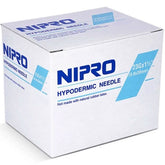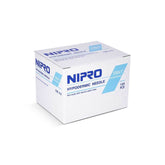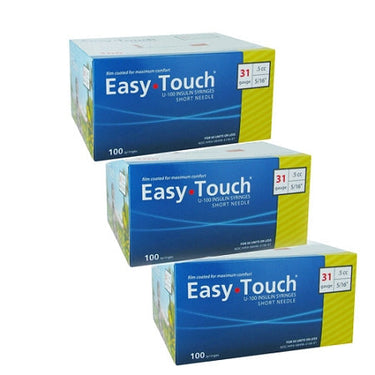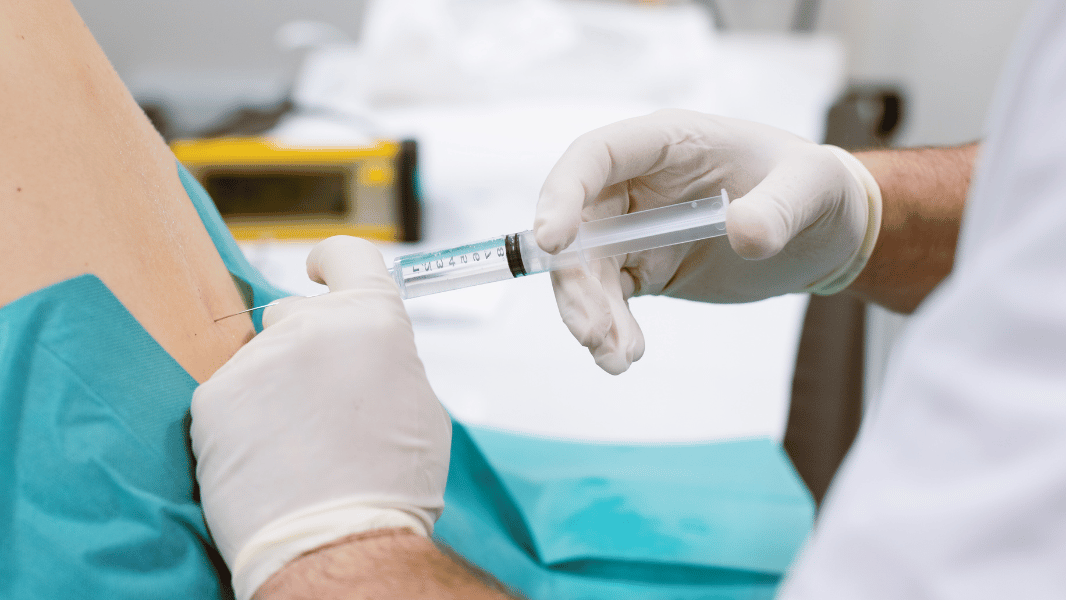From the earliest smallpox vaccinations to the insulin shots of today, injections have been pivotal in medical advancement. Yet, despite their ubiquity, a large number of people still grimace at the sight of a needle. But here's a surprising fact: according to a study by the Journal of Pain Research, nearly 25% of adults and even more children admit to a fear of injections.
Lets address the common anxieties surrounding injections but also to provide insights on making the process as pain-free as possible for both the giver and receiver. Dive in to discover the art and science behind painless injections.
Where Do Injections Hurt Less?
Every individual's body is unique, but there are general sites that most people find less painful for injections. These are areas with fewer nerve endings and a bit more padding from fatty tissues. For instance, the upper arm, especially the deltoid region, is often preferred for many adult vaccinations. Similarly, the anterior thigh or the outer part of the upper arm is commonly chosen for subcutaneous injections.
Beyond the general sites, it's crucial to consider individual variations. Some patients might find one area less painful than another due to personal differences. Feedback and open communication are vital. A list of common less-painful sites includes:
- The deltoid muscle of the arm
- The anterior thigh
- The fatty area below the elbow
- The upper outer quadrant of the buttock
What is the Least Painful Injection?
When considering the pain factor, it's not just about where but also about how. Different types of injections - be it subcutaneous, intramuscular, or intravenous - have different sensations. Subcutaneous injections, for example, are often described as less painful. These are given into the fatty layer just beneath the skin and often employ finer, shorter needles.
Another factor playing into the equation is the needle's design and gauge. Thinner needles, logically, cause less discomfort. Also, the use of topical anesthetics can be a game-changer. Some commonly used ones include EMLA or lidocaine patches. Here's a list of factors making injections less painful:
- Type of injection (e.g., subcutaneous often being less painful)
- Use of finer, shorter needles
- Application of topical anesthetics
Where Do Injections Hurt the Most?
On the flip side, there are areas you might want to be cautious with due to their sensitivity. Areas with tight skin, less fat, or a higher concentration of nerve endings can be more painful. For instance, the back of the hand, often used for IV insertions, can be quite tender for many. The forearm, another common site for certain tests or blood donations, is also reported to be more sensitive.
It's essential, though, to remember that sometimes specific injections need to be administered in these sensitive areas due to medical reasons. In such cases, ensuring the patient is relaxed, applying a numbing cream, or using the smallest appropriate needle can make a difference. Areas to approach with caution:
- Back of the hand
- Forearm
- Wrist area
- Ankles
How to Give Painless IM (Intramuscular) Injections?
The realm of intramuscular injections requires a blend of technique, equipment, and psychology. Firstly, selecting the right needle - considering both its size and gauge - is foundational. A needle too thick or too long can be unnecessarily painful. As for technique, relaxing the muscle is key. Tensed muscles can make the injection process more painful and can even lead to post-injection discomfort.
Several tips are instrumental for IM injections. The Z-track method, for instance, where the skin is pulled to one side before injection and then released afterward, can prevent medication leakage and reduces discomfort. Moreover, inserting the needle with a swift, confident motion - not too slow nor too forceful - can lessen pain. Some techniques and tips include:
- Using the Z-track method
- Swiftly inserting the needle
- Ensuring the muscle is relaxed
- Aspirating to check the needle's placement
Achieving Pain-Free Injections:
The art of administering injections seamlessly is a blend of knowledge, technique, and empathy. While injections will never be entirely devoid of sensation, understanding the nuances can significantly reduce the discomfort associated.
As we continue to advance in the medical field, it's our shared responsibility to ensure that treatments are not only effective but also as comfortable as possible for patients.






